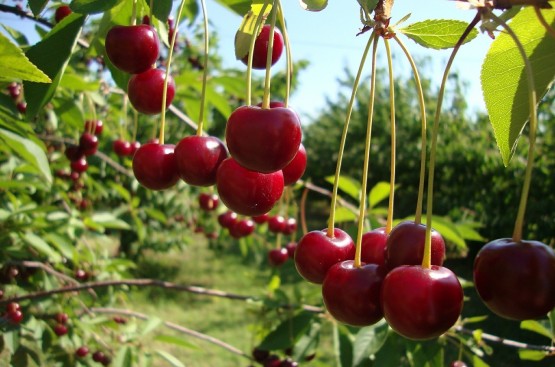
THE ART OF ORIGINAL FOOD
Michael Pollan is a journalist for the New York Times. He made a statement several years ago that has been often quoted: Eat food. Not too much. Mostly plants.
Intrigued by this quote, I searched for his original use of it. It was the lead statement of an article entitled “Unhappy Meals’. The content has stuck with me and is worth sharing.
Eat food: it used to be that food was all you could eat. These days, though, food is a gigantic industry whose survival depends on new, tempting items to shift/gain market share. Now, there are millions of edible substances available, but they are not what I like to call ‘original food’. They are processed, changed, fabricated. Some processing, like freezing, is helpful, but there is a big difference between frozen peas and a frozen breakfast sandwich. Processing is not to be confused with cooking – the art of mixing original foods together. Although the line between ‘original’ and processed’ is not always distinct, it is easy to look at the modern American diet (or grocery store shelves for that matter) and see that most of what is offered/consumed is not original food.
Pollan makes a great point about how ‘eating food’ used to be a simple matter, when what was available was primarily original food. But now, nutrition is very complicated and recommendations are abundant and conflicting. This helps to keep the food industry hopping to create new items that address these new ‘discoveries’. The emphasis has now shifted from ‘food’ to ‘nutrients’. He points out one of the political events that propelled this along. In 1977, a Senate Select Committee suggested that Americans cut down on red meat and dairy products. Within weeks, a firestorm broke out from the dairy and meat industries forcing the committee to reword their recommendations to ‘chose meats, poultry and fish that will reduce saturated-fat intake.” Subtle, but a distinct shift from ‘don’t eat this food’ to ‘change intake of this nutrient’. The power of the food industry remains very great.
So point number one: eat food.
Second point: not too much. This is fairly obvious, as our weights, waistlines and disease rates have soared in recent years. One of the outcomes of the suggestions made by scientists (eat less saturated fat) has been that people have actually started eating more carbohydrates. This (along with other environmental/lifestyle changes) has contributed to the increase in weight. Other theories involve the emphasis on sugar, salt and fat. These items, found now in foods at a higher level than are found naturally, encourage people to eat more. We live in a complex society. At the same time, our study of nutrition is often very isolated – we frequently study specific nutrients. Applying this level of specificity to a complex diet and culture often contributes to confusion.
Mr. Pollan offers a memorable graduation of comparisons:
• we study nutrients, not foods
• we study foods, not diets
• we study diets, not lifestyles
This leads us to point number three: eat mostly plants. The goal I like to recommend is to consume at least 6, preferably 10 servings of fruits and/or vegetables per day. Remembering that a serving is one small piece or ½ cup of a food makes it more achievable than a first consideration might suggest. Strive for three servings per meal. By doing this, your intake of total calories, meat and starches will decline, while the intake of vitamins, minerals and fiber will increase.
At Dermadeli, we work very hard to feed your skin beautiful, healthy products. Eating beautiful, healthy products is just as important. Nutrition is important on the inside AND the outside.
So remember this simple line: Eat food. Not too much. Mostly plants. Nutrition can be refreshingly straight forward.